Internal Derangement Of Joints Upper Extremity 2024 – DocmedED (Videos)
65 $
Format : 20 MP4 + 1 PDF files
File Size : 5.51 GB
Internal Derangement of Joints: Upper Extremity – A CME Teaching Activity
About This CME Teaching Activity
This CME activity provides an update of current information on MR imaging in the assessment of musculoskeletal disorders. Essential anatomy, physiology and pathology are emphasized that explain imaging findings in disorders of the shoulder, elbow, wrist, hand and fingers. MR imaging findings in the assessment of common problems in upper extremities are compared to those derived from other imaging methods.
Target Audience
The target audience is practicing radiologists, orthopedic surgeons, rheumatologists, sports medicine physicians, and other physicians interested in musculoskeletal disorders.
Scientific Sponsor
Educational Symposia
Accreditation
Physicians: Educational Symposia is accredited by the Accreditation Council for Continuing Medical Education (ACCME) to provide continuing medical education for physicians.
Educational Symposia designates this enduring material for a maximum of 17.0 AMA PRA Category 1 Credit(s)TM. Physicians should claim only the credit commensurate with the extent of their participation in the activity.
All activity participants are required to complete the credit application in order to be awarded credit. Course participants will also have the opportunity to critically evaluate the program as it relates to practice relevance and educational objectives.
AMA PRA Category 1 Credit(s)TM for these programs may be claimed until September 30, 2027.
This program is planned and organized by Educational Symposia, a leader in accredited continuing education since 1975.
This activity was planned and produced in accordance with the ACCME Essential Areas and Elements.
Educational Objectives
At the completion of this CME teaching activity, you should be able to:
Assess MR images in patients with internal derangements of the upper extremity joints.
Articulate the anatomic features fundamental to accurate interpretation of the MR imaging findings in these disorders.
Formulate a reasonable differential diagnostic list and be able to identify the most likely diagnosis.
Comprehend the pathogenesis and imaging findings associated with common and important disorders that affect the upper extremities.
No special educational preparation is required for this CME activity.
Be the first to review “Internal Derangement Of Joints Upper Extremity 2024 – DocmedED (Videos)” Cancel reply
You must be logged in to post a review.
Related Products
Video Medical
Emergency Medicine: Evidence-Based Content, Practical Applications 2024 (Videos + Audios)
Video Medical
NYU Langone Health Update on Attention Deficit Hyperactivity Disorder Through the Lifespan 2024
Video Medical
Harvard 9th Annual Board Review and Update in Pulmonary and Critical Care Medicine 2024
Video Medical
Nationwide Children Pediatric Gastroenterology Conference for Primary Care Clinicians 2024
Video Medical
MENA Conference 10th Abu Dhabi International Conference in Dermatology & Aesthetics 2024
Video Medical
Obstetric Anaesthetists Association Joint OAA and UK Maternal Cardiology Society Meeting 2024
Video Medical
Internal Medicine and Urgent Care-Pediatrics: A Review and Update 2025 (Videos + Syllabus)
Video Medical
Obstetric Anaesthetists Association Joint OAA and British Society for Haematology Meeting 2023























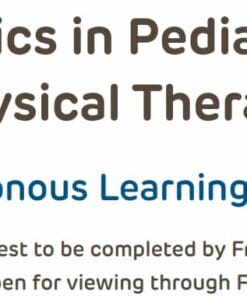






























































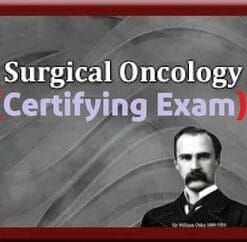


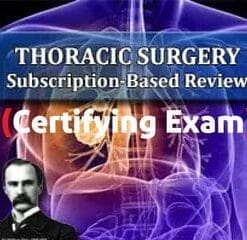



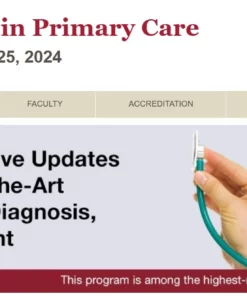









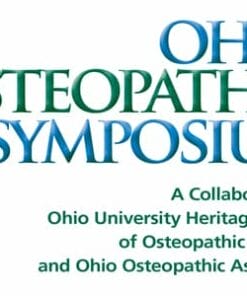
Reviews
There are no reviews yet.